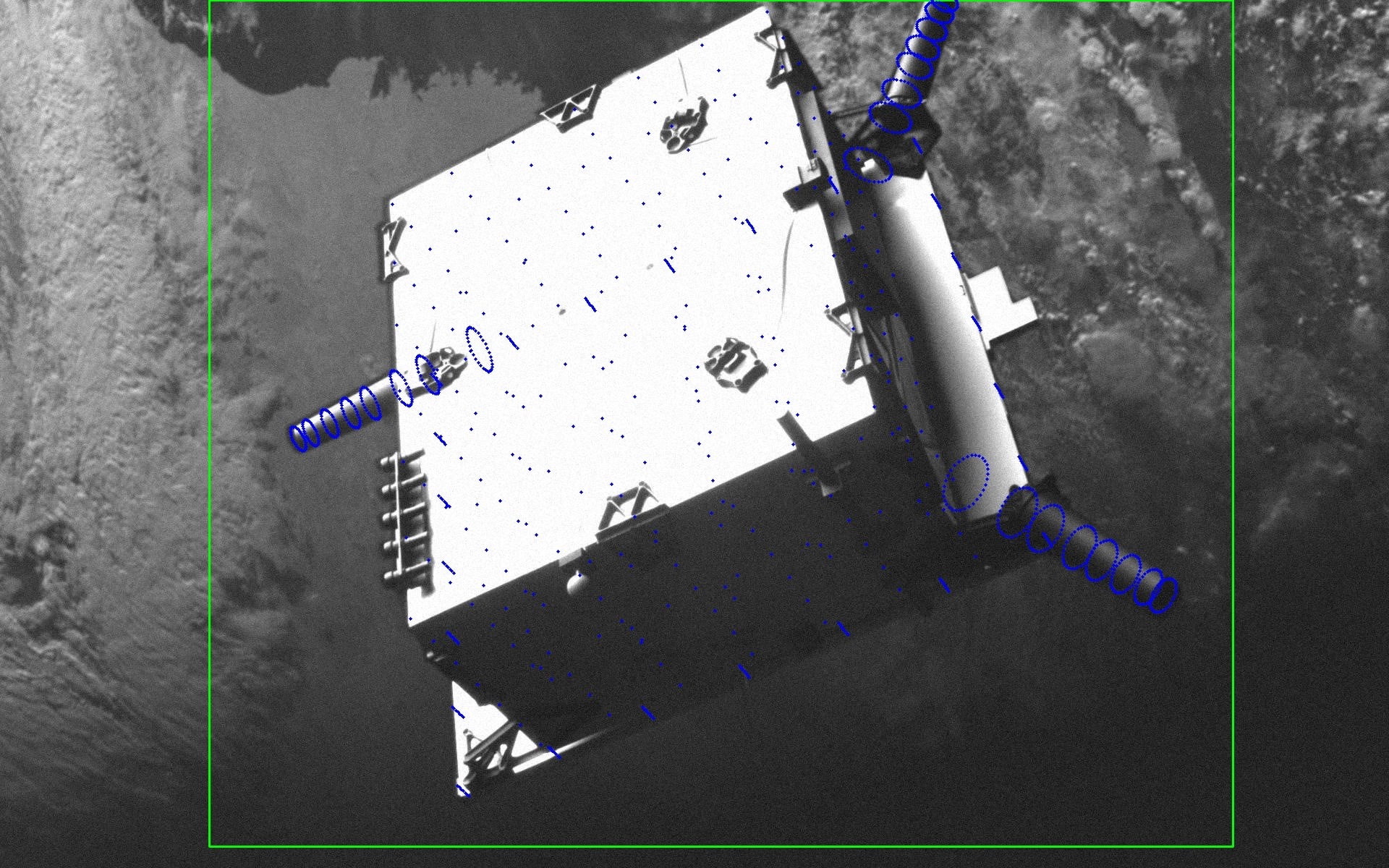A global artificial intelligence competition run by the European Space Agency has been won by a team led by scientists from the University of Adelaide.
Participants of the Satellite Pose Estimation Challenge 2021 had to build AI software able to estimate the pose of a satellite, its position and orientation, using only an image.
The University’s Sentient Satellites Lab, which is under the Australian Institute for Machine Learning (AIML), teamed up with Lithuanian startup Blackswan Space. The team, TangoUnchained, placed first in the ‘lightbox’ category, beating 35 other competitors. They also placed third in the ‘sunlamp’ category.

The University of Adelaide’s (UniAdelaide) success builds on its earlier victory at the 2019 iteration of the challenge.
Members of TangoUnchained included, on the UniAdelaide side, research student Mohsi Jawaid, postdoctoral researcher Dr Bo Chen, and SmartSat Cooperative Research Centre Professorial Chair of Sentient Satellites Professor Tat-Jun Chin, who is from the Australian Institute for Machine Learning.
Representing Blackswan Space were chief executive Marius Klimavicius and machine learning engineer Augustinas Zinys. Blackswan was founded in 2019 and focuses on developing products to support autonomous spacecraft.
Mr Jawaid said that the ability to accurately determine the pose of satellites, spacecraft, orbital debris, and asteroids is essential to autonomous spacecraft and can facilitate missions that are either too costly to include direct human control or error prone.
Professor Tat-Jun Chin said competition was much tighter than the 2019 challenge.
“The latest competition was much tighter, no doubt due to the growth in interest in space and AI over the last few years. Challenges like this give our students and researchers real, applied scenarios to test their skills. They also demonstrate the quality of our work to international clients and partners,” Professor Chin said.
Also crucial to the team’s victory was having access to the Phoenix supercomputer through UniAdelaide’s High Performance Computing service.
Teams had to apply their software to images of a decommissioned microwave sized satellite called Tango, previously operated by the Swedish Space Corporation. Participants used 60,000 computer generated images of the Tango satellite to train their AI software before they were tested to identify real images of Tango.
There was a total of 9,531 real images of Tango, which were taken in the Space Rendezvous Laboratory at Stanford University. Teams were given scores based on the size of the error their software produced in estimating the satellite’s pose. The real images were split into two sets based on the light source used.
Lightbox illumination was first coupled with diffuser plates to simulate the reflection of light off other objects in space, or albedo. In the other image set, a sun lamp was used to simulate the direct high-intensity homogenous illumination of the sun.
Do you know more? Contact James Riley via Email.

